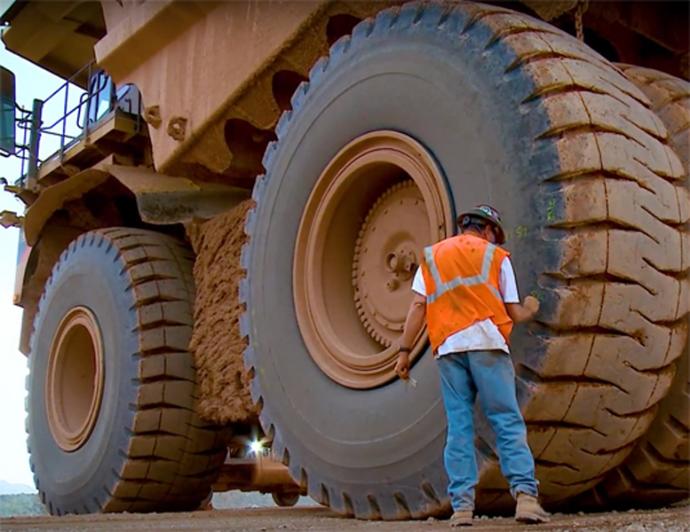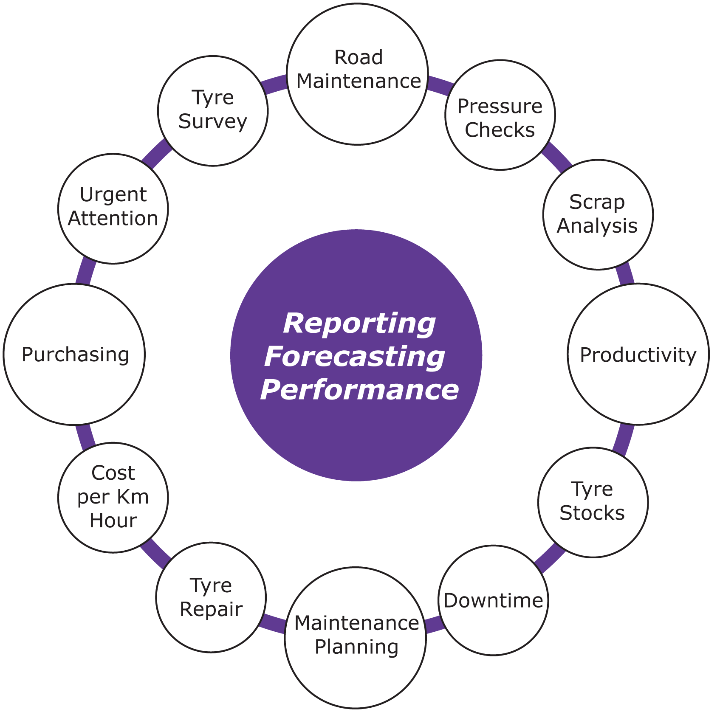Tyre management is an integral part of a successful mining operation. It not only helps to reduce costs, but can also improve safety and productivity. To ensure the longevity of tyres, a comprehensive tyre management system is essential, and this includes more than just software and digital systems.
Right tyre for the application
The most important part of tyre management is having the right tyre for the right application.
This involves understanding the conditions of the mine, the loads to be hauled and the distances and speed of the vehicles.

Selecting the wrong tyre can cause excessive heat buildup and drastically reduce tyre life. Additionally, it is important to ensure that tyres on an axle are matched and rotated properly, and that the pressure and tread depth is regularly checked.
In addition to proper maintenance, external factors can also influence tyre life. This includes regular maintenance of the haul roads and removal of debris, as well as vehicle maintenance and operator behaviour. Operators should be trained to have a greater awareness of their tyres, and a pre-shift inspection should be conducted, with a particular focus on tyres.


The role of technology
Software systems can also play a key role in tyre management. Tyre pressure and temperature monitoring systems (TPMS) can give a lot of information on how tyres will fare in different conditions.
The use of Artificial Intelligence (AI) and Internet of Things (IoT) is also starting to be explored, which could provide even more data.
Ultimately, tyre management involves a combination of the right equipment, quality repairs, and people who are aware of the importance of tyre management. By taking the right steps and having the right systems in place, mining operations can ensure that their tyres last longer and their operations run more smoothly.